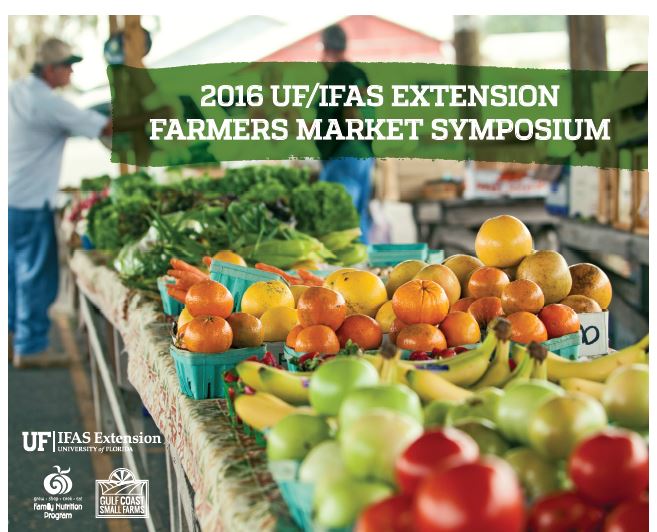
by Beth Bolles | Feb 10, 2016
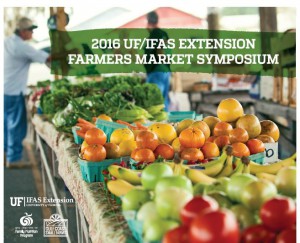 On Tuesday, March 8, 2016, UF/IFAS Extension Escambia County will hold a Farmers Market Symposium from 8:30-3:30. The meeting will take place at the Langley Bell 4-H Auditorium, 3730 Stefani Road Cantonment FL 32533.
On Tuesday, March 8, 2016, UF/IFAS Extension Escambia County will hold a Farmers Market Symposium from 8:30-3:30. The meeting will take place at the Langley Bell 4-H Auditorium, 3730 Stefani Road Cantonment FL 32533.
EDUCATIONAL SESSIONS INCLUDE:
• Overview of Florida Farmers Markets
• Starting a Community Garden
• Best Practices at Farmers Markets
• Food Safety Guidelines for Growers and Vendors
• Multiple Payment Options for Farmers Markets
• Cottage Food Laws
• Marketing Opportunities
• Food Safety at the Farmers Market
• Additional Optional Session: Farmers Market Nutrition Program Training for any interested vendors
Lunch and refreshments will be provided. The cost is $15 for pre-registration, $20 at the door. REGISTER ONLINE at http://tinyurl.com/IFAS-Farmers-Market-Symposium
For more information, contact Christina Walmer at cbwalmer@ufl.edu or by phone at 850.475.5230
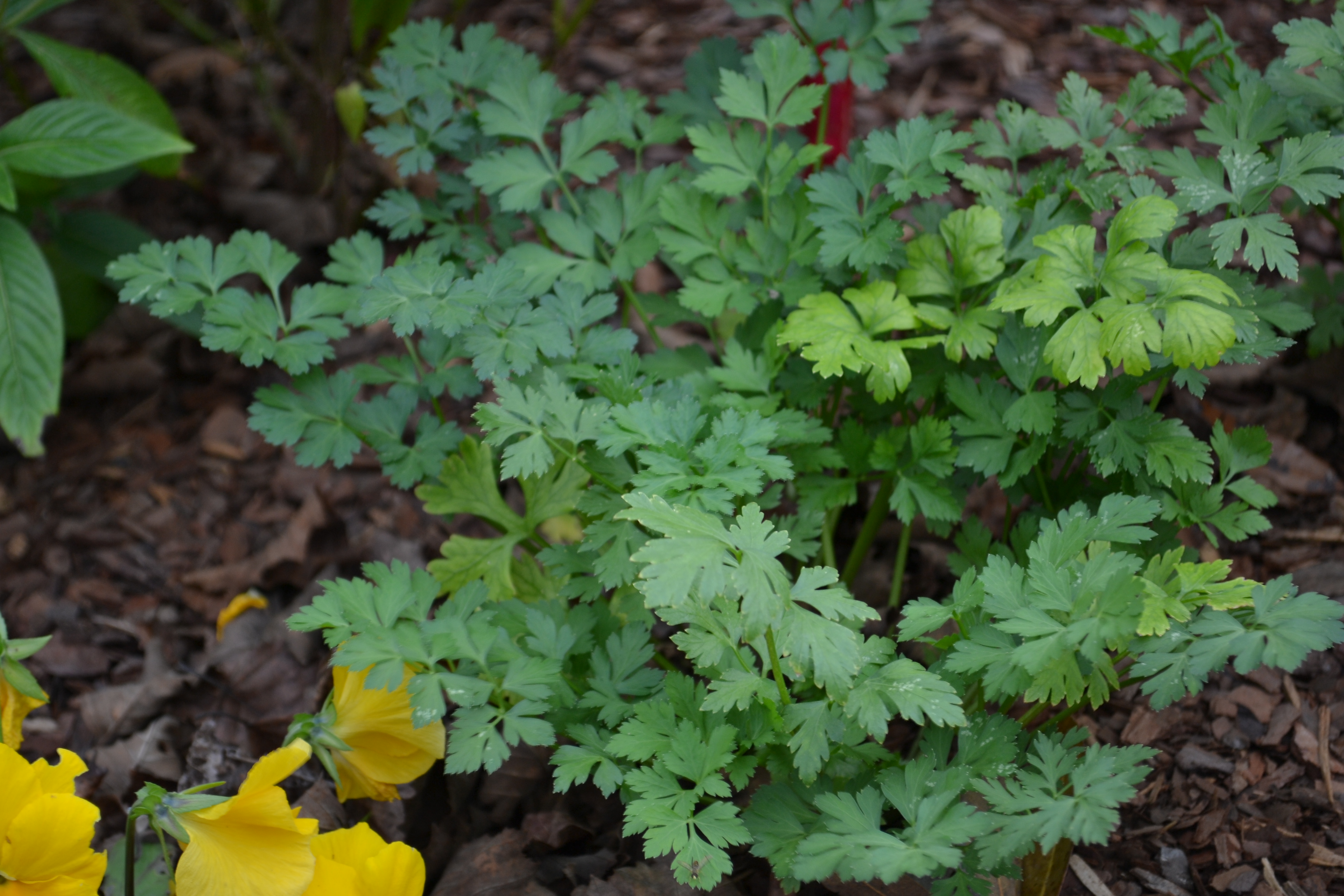
by Beth Bolles | Jan 27, 2016
Parsley is one of the most well-known herbs, and if you missed the fall planting, there is still time to choose a preferred selection for late winter/spring planting.
An herbaceous biennial, parsley is an easy herb for containers or small garden spaces. You may purchase a small pot at the nursery or grow from seed. Realize that seeds do best when soaked in warm water for 24 hours prior to planting and may not germinate for several weeks. Be sure to mark the area well so you remember not to overplant with another herb or vegetable.
Choose an area or soil that allows for good drainage and full sun in the cooler months. During the heat of summer, parsley does prefer a little break from afternoon sun. Consider planting in pots so plants can be moved during the hottest months. Plants will prefer water during times when rainfall is lacking, but the taproot does allow the plant to survive some drought.
There are different types of parsley you may choose but the most common types sold in stores are the curled leaf parsley and the Italian parsley. The Italian parsley has a stronger flavor and holds up a little better during cooking.
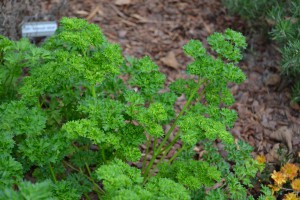
Curled leaf parsley
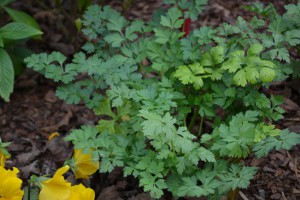
Italian parsley
Parsley is an attractive plant as a garden border or in a mixed container but will likely have a visitor during the warmer season that will feed on the leaves. The black swallowtail butterfly will use parsley as a host plant so plant enough to share with the butterflies.
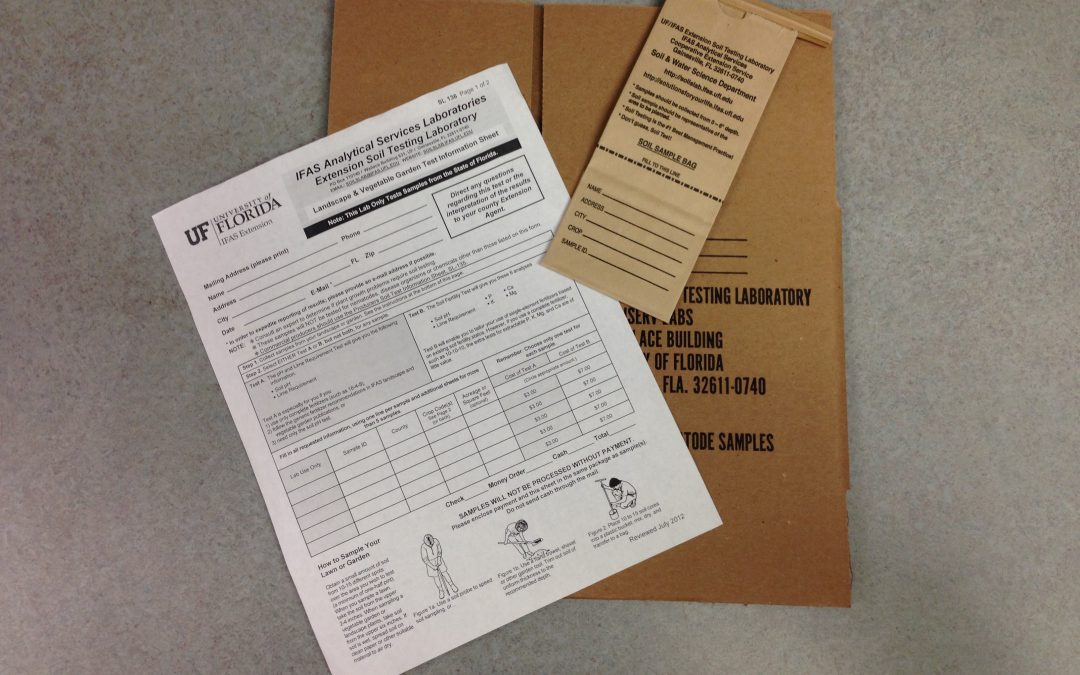
by Beth Bolles | Dec 30, 2015
Information on gardening practices is freely shared between gardeners and many times the good advice is helpful in plant selection and improving plant growth. There are some passed along practices that are not always suitable for every situation and gardeners may need to investigate a little deeper before implementing the good advice.
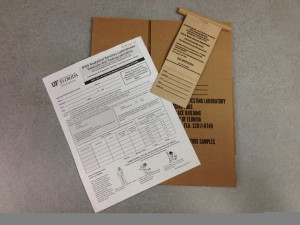
Soil test kit available form your local Extension office. Photo: Mary Derrick, UF/IFAS.
One common recommendation from gardeners is to apply Epsom salts to the soil to improve plant growth. Gardeners may have used Epsom salts for various plants in the garden and viewed plants that appear to grow better or have improved leaf color. Therefore a general recommendation to help others who have some general plant problems or off color leaves is to apply Epsom salts.
Before you apply Epsom salts to your garden, understand that it is an inorganic fertilizer, specifically magnesium sulfate. Plants make their own food but they derive most of their nutrients needed for important functions form the soil. Magnesium is one of the nutrients that is essential in photosynthesis. At times, our sandy soils may be lacking in nutrients but there may be plenty of nutrients available for plants.
The recommendation to apply Epsom salts may sound like a good idea but gardeners should always make sure that magnesium is needed before any applications. Too much magnesium in the soil can interfere with the uptake of other nutrients by plants. You could create more of a problem by indiscriminately applying Epsom salts when magnesium is not needed.
As you hear often from the University of Florida Extension, conduct a soil test before applying fertilizer to determine the major nutrient levels available in your soil. This $7.00 test will help you better manage plant nutrition. If you need assistance interpreting soil test results, contact your local county Extension office.
by Beth Bolles | Dec 4, 2015
A visit to a nursery and homeowners will see so many new selections of plants for the landscape. Some of these plants are new plant developments and may include plants we could not previously grow in Florida’s heat and humidity. One new plant series is the Southgate® Rhododendrons.
Anyone from more northern areas of the South is very familiar with the rhododendrons that offer showy spring blooms. Those particular rhododendrons just don’t make it in our Florida climate.
The Southgate® series from Louisiana were developed to be more tolerant of our weather conditions. Homeowners must still consider plant placement very carefully since these plants have some specific requirements even in Florida. Plants will do best in shade or filtered shade, especially in the afternoon. They do like an acid soil amended with compost and areas that are well drained. Homeowners will need to supply water during the growing season to maintain a uniform soil moisture.
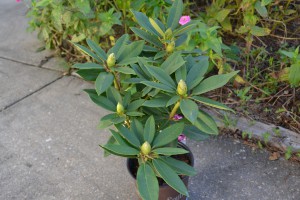
Rhododendron foliage with buds.
Consider trying one of these newer rhodendrons if your landscape has a suitable spot and you will definitely enjoy a bright spot of color come spring.
Special Note: If you have animals or children be cautious since all plant parts are toxic if ingested.
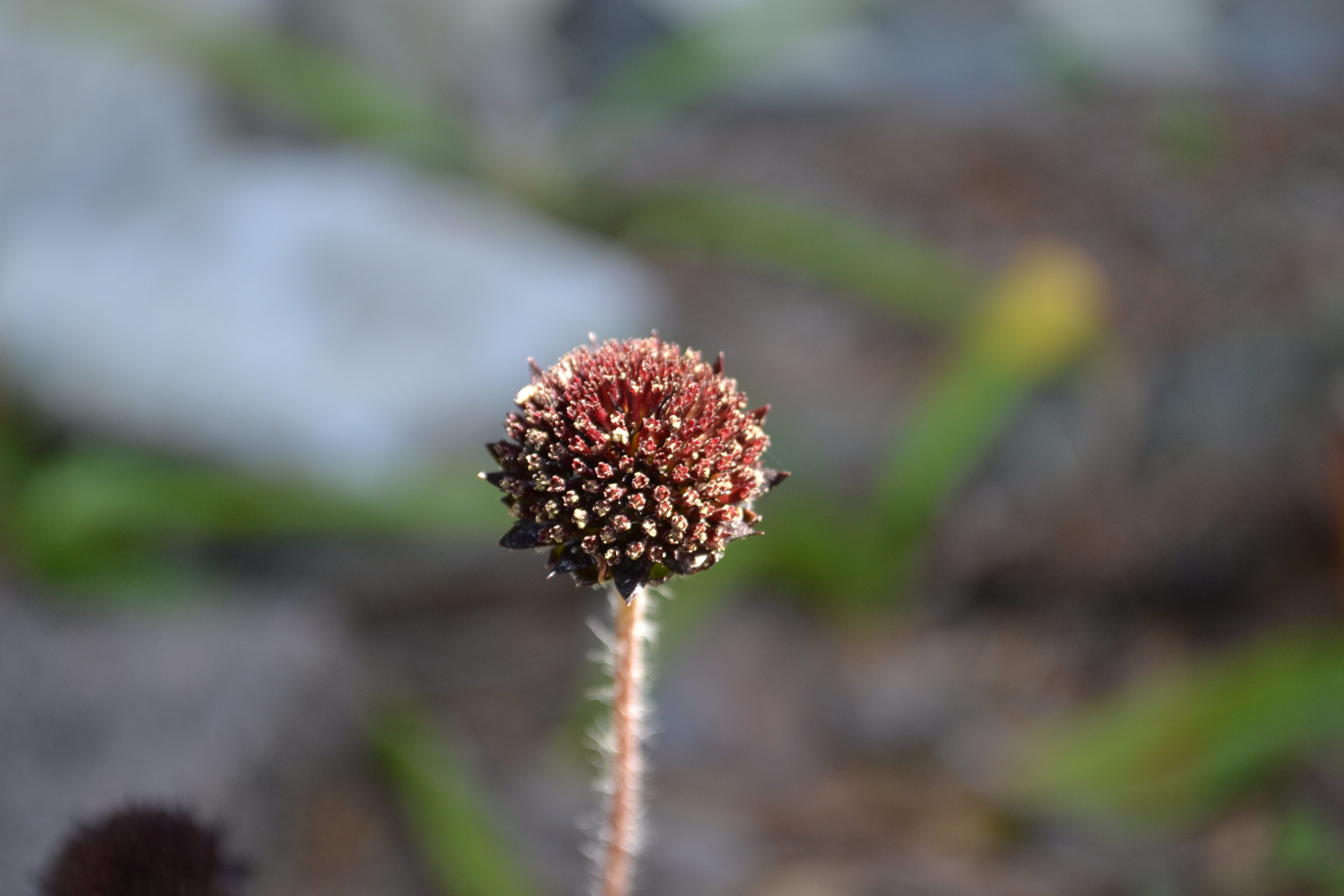
by Beth Bolles | Oct 27, 2015
Fall is a wonderful season for viewing wildflowers and there are many flower colors brightening our landscapes and roadsides. Amongst all the color there is one wildflower, the Rayless sunflower (Helianthus radula) that may not be nearly as showy but is very interesting in the landscape.
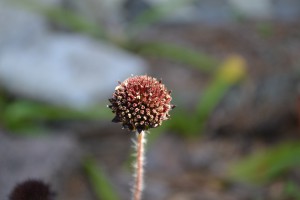
Flower heads have disk flowers but no rays. Photo by Beth Bolles
Many people will discover the Rayless sunflower in a moist area near the ditch or a drainage area. It has a basal set of leaves that blend into the surrounding grass. In summer a leafless stem about will emerge that is topped by a round flower with discs but no rays. It mostly appears brown but may offer a tinge of red or purple from the disc flowers.

Rayless sunflower in mass. Photo by Jeff Norcini
Not everyone will appreciate the beauty of the rayless sunflower. It will be visited by pollinators and offers an attractive contrast to the greens of surrounding plant material. It is a plant suited to its preferred habitat and an understated treasure among native wildflowers.

 On Tuesday, March 8, 2016, UF/IFAS Extension Escambia County will hold a Farmers Market Symposium from 8:30-3:30. The meeting will take place at the Langley Bell 4-H Auditorium, 3730 Stefani Road Cantonment FL 32533.
On Tuesday, March 8, 2016, UF/IFAS Extension Escambia County will hold a Farmers Market Symposium from 8:30-3:30. The meeting will take place at the Langley Bell 4-H Auditorium, 3730 Stefani Road Cantonment FL 32533.








